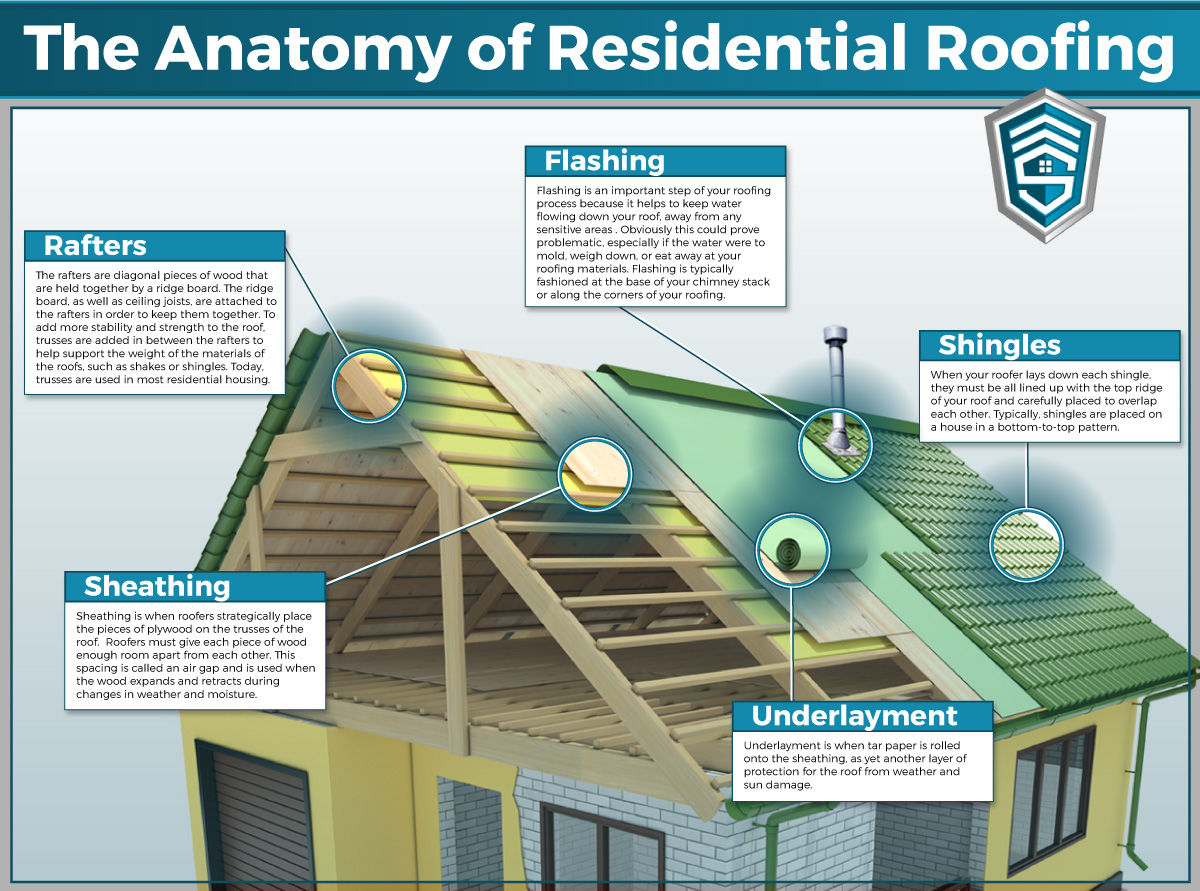The Feature Of Roof Covering Ventilation In Ensuring A Successful Setup
The Feature Of Roof Covering Ventilation In Ensuring A Successful Setup
Blog Article
Material Created By-Morrow Poole
When you're taking on a roof job, you may not assume much concerning roofing air flow, however it's more critical than you understand. Effective ventilation helps control temperature level and dampness in your attic, protecting against troubles like mold and mildew and structural damage. By comprehending exactly how to design and install a balanced ventilation system, you can boost power performance and extend the lifespan of your roofing materials. So, what are the essential elements to think about during setup that can make all the difference?
Significance of Roof Air Flow
Roof covering ventilation plays an essential function in preserving the overall health and wellness of your home. By permitting fresh air to flow via your attic, it aids regulate temperature and moisture levels. This equilibrium is important to stop heat buildup during hot months, which can cause raised power prices as your air conditioning burns the midnight oil.
Moreover, appropriate ventilation dramatically decreases the threat of moisture-related issues like mold and mold. If humidity levels rise, your home's structural stability can be compromised, causing expensive repair work. You wouldn't wish to handle deteriorating wood or warped roofing materials, right?
Furthermore, ample ventilation expands the lifespan of your roof. When heat and wetness are kept in check, your roof covering can execute optimally, avoiding premature wear and tear. This implies fewer headaches and costs down the line.
Exactly How Roof Covering Air Flow Functions
Effective roof covering air flow counts on the natural motion of air to produce a balance in between consumption and exhaust. When you set up vents, you're essentially permitting fresh air to enter your attic room while allowing warm, stagnant air to leave. This process aids control temperature level and moisture degrees, protecting against problems like mold and mildew development and roofing damage.
Consumption vents, commonly located at the eaves, pull in amazing air from outdoors. At the same time, exhaust vents, located near the ridge of the roof, let hot air surge and exit. The distinction in temperature develops a natural air flow, called the pile effect. As warm air rises, it develops a vacuum that pulls in cooler air from the reduced vents.
To maximize this system, you need to guarantee that the intake and exhaust vents are appropriately sized and placed. If the intake is restricted, you will not achieve the wanted ventilation.
Also, not enough exhaust can catch warm and dampness, resulting in potential damages.
Trick Setup Factors To Consider
When setting up roof air flow, several crucial factors to consider can make or break your system's effectiveness. First, you require to analyze your roof's layout. The pitch, shape, and products all influence air flow and air flow choice. See to it to pick vents that fit your roof covering kind and regional climate conditions.
Next off, consider the placement of your vents. Ideally, you'll desire a well balanced system with consumption and exhaust vents placed for optimum air movement. Place consumption vents low on the roofing system and exhaust vents near the peak to encourage an all-natural flow of air. https://shanelgbup.bloggerswise.com/40497032/evaluating-the-conveniences-and-limitations-of-metal-roof-versus-shingle-roofing prevent dampness accumulation and advertises energy efficiency.
Don't ignore insulation. Appropriate insulation in your attic stops warmth from leaving and keeps your home comfortable. Make sure that insulation does not block your vents, as this can impede air flow.
Last but not least, consider maintenance. Select ventilation systems that are easy to accessibility for cleansing and assessment. Normal upkeep ensures your system remains to operate efficiently with time.
the san antonio roofing remodeling crew , roofing air flow is important for an effective installment. By guaranteeing appropriate airflow, you can protect against warmth buildup and wetness problems that result in expensive damages. When you strategically setting intake and exhaust vents, you enhance power efficiency and prolong the life expectancy of your roofing system. Bear in mind, a well-ventilated roof not only safeguards your investment but likewise boosts your interior air high quality. So, prioritize ventilation to ensure a resilient and cost-efficient roofing system for your home.
